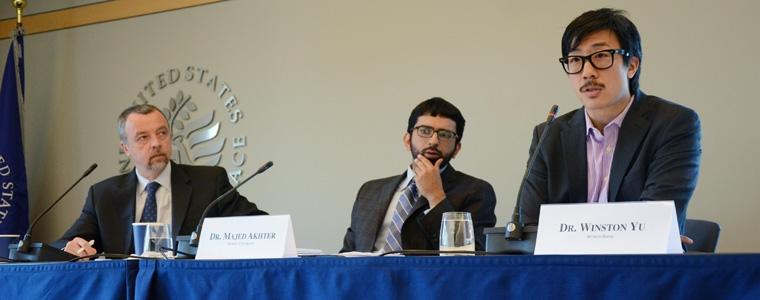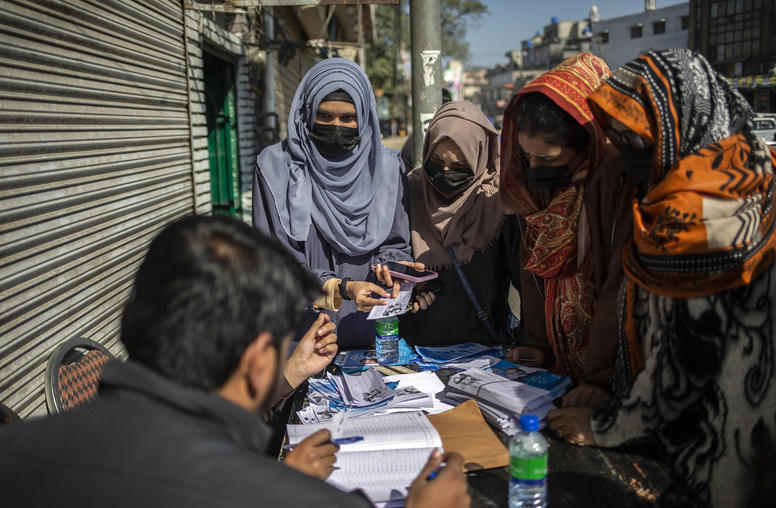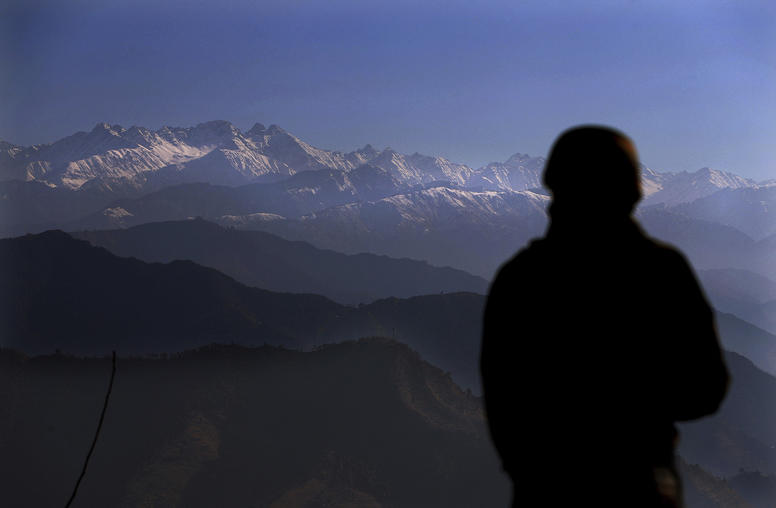The Water-Security Nexus in Pakistan
The U.S. Institute of Peace hosted a panel discussion on May 30, 2013 from 10:00 am until 11:30 am on USIP’s new PeaceWorks, “Understanding Pakistan’s Water-Security Nexus”, and the opportunities and pitfalls of peacebuilding through environmental policy in South Asia.

Because of overuse and misuse, Pakistan is headed toward a serious water crisis. The U.N. is expected to downgrade Pakistan from ‘water stressed’ to ‘water scarce’ by 2030. While issues between India and Pakistan often garner the most attention, water conflicts within Pakistan’s borders have the explosive potential to poison inter-ethnic and inter-provincial relations and turn simmering tension into violence. In a country where livelihoods depend heavily on reliable access to water, effectively managing water resources can transform a common lightning rod for conflict into an opportunity for building intra-communal cooperation and trust.
The U.S. Institute of Peace hosted a panel discussion on May 30, 2013 from 10:00 am until 11:30 am on USIP’s new Peaceworks, “Understanding Pakistan’s Water-Security Nexus”, and the opportunities and pitfalls of peacebuilding through environmental policy in South Asia.
Speakers
-
Majed Akhter, Panelist, Peaceworks Co-Author
Assistant Professor of Geography, Indiana University -
Daanish Mustafa, Panelist, Peaceworks Co-Author
Reader in Politics and Environment, King's College, London -
Winston Yu, Panelist
Senior Water Resources Specialist, World Bank -
Andrew Wilder, Moderator
Director of Afghanistan and Pakistan Programs, U.S. Institute of Peace



